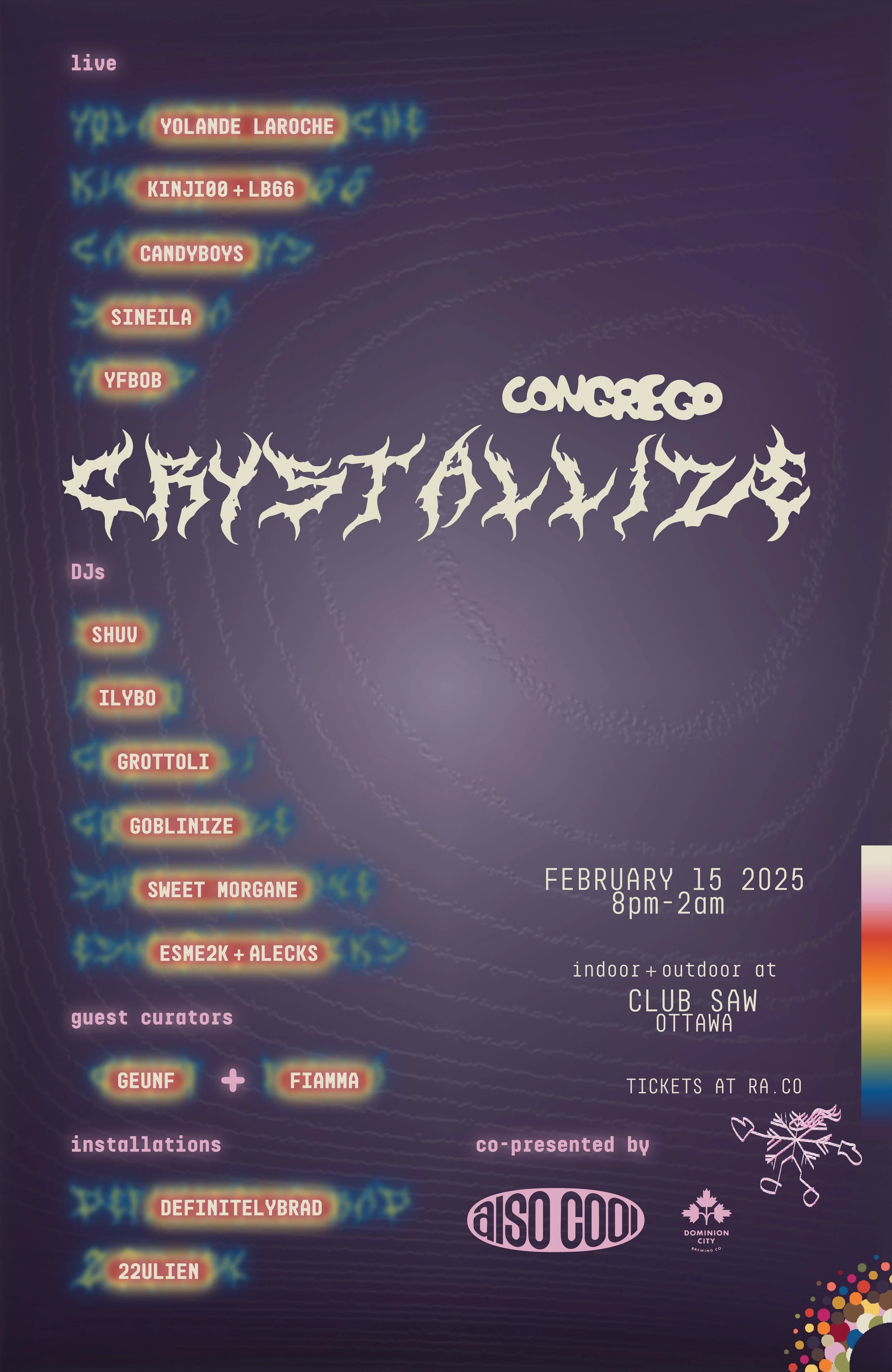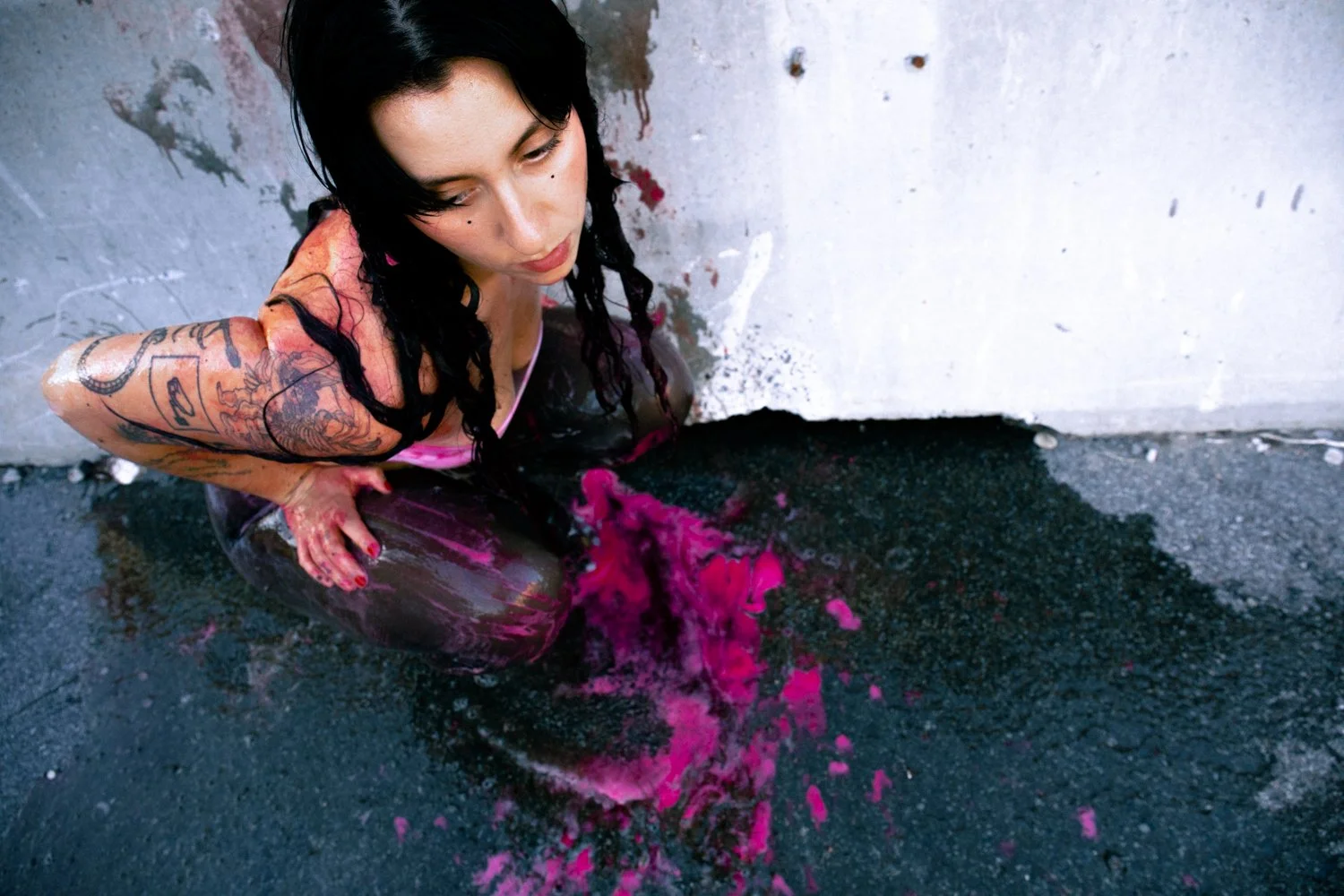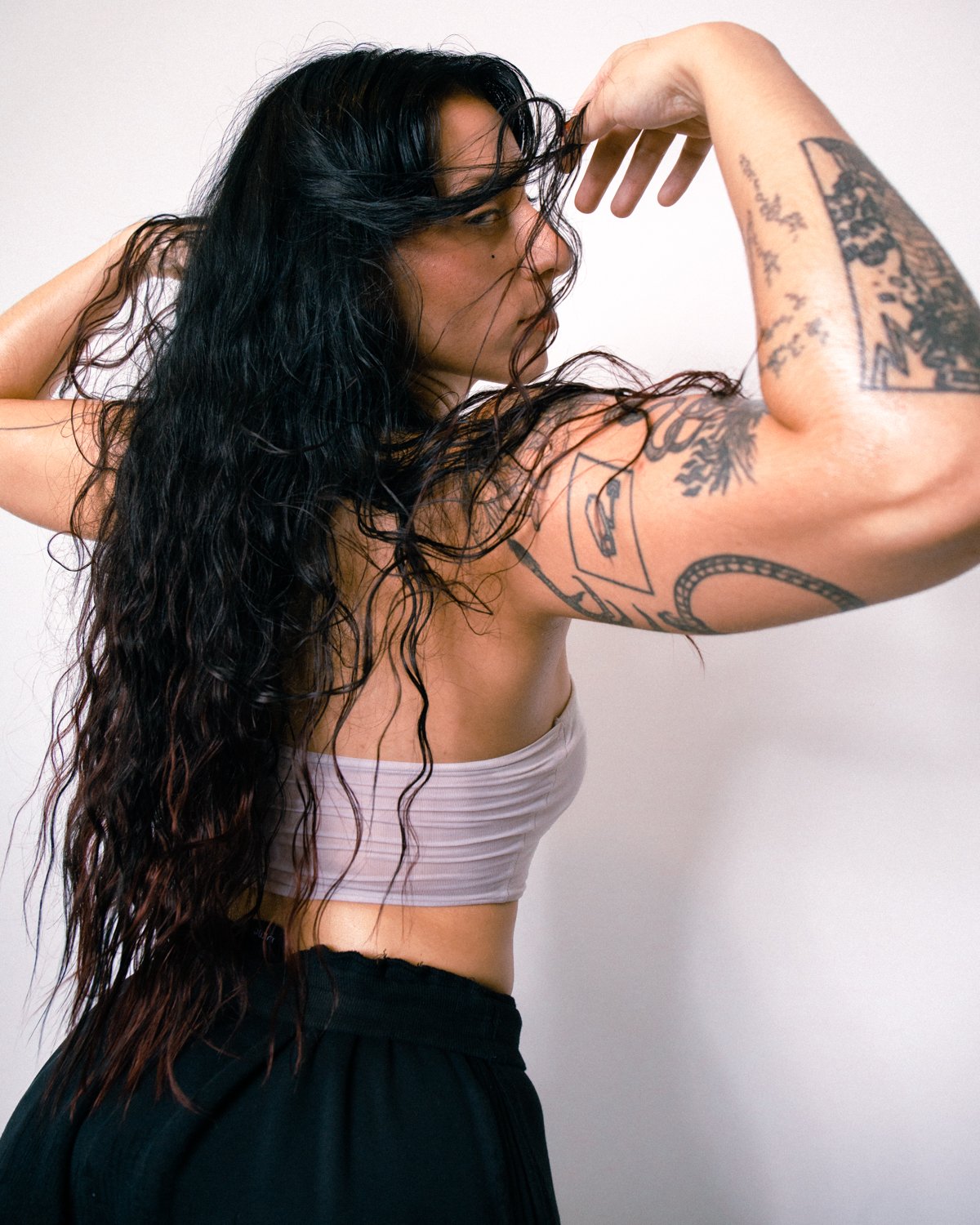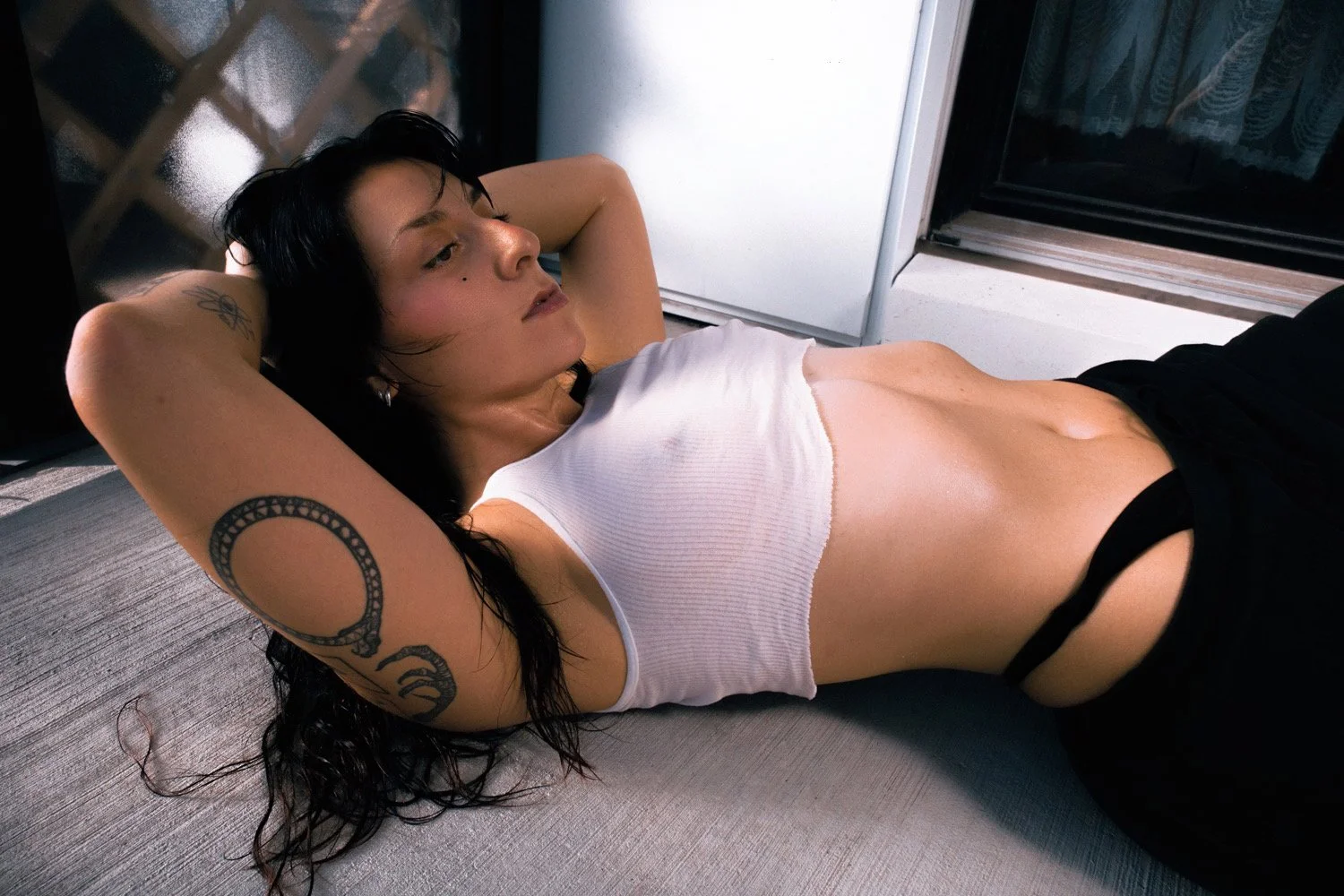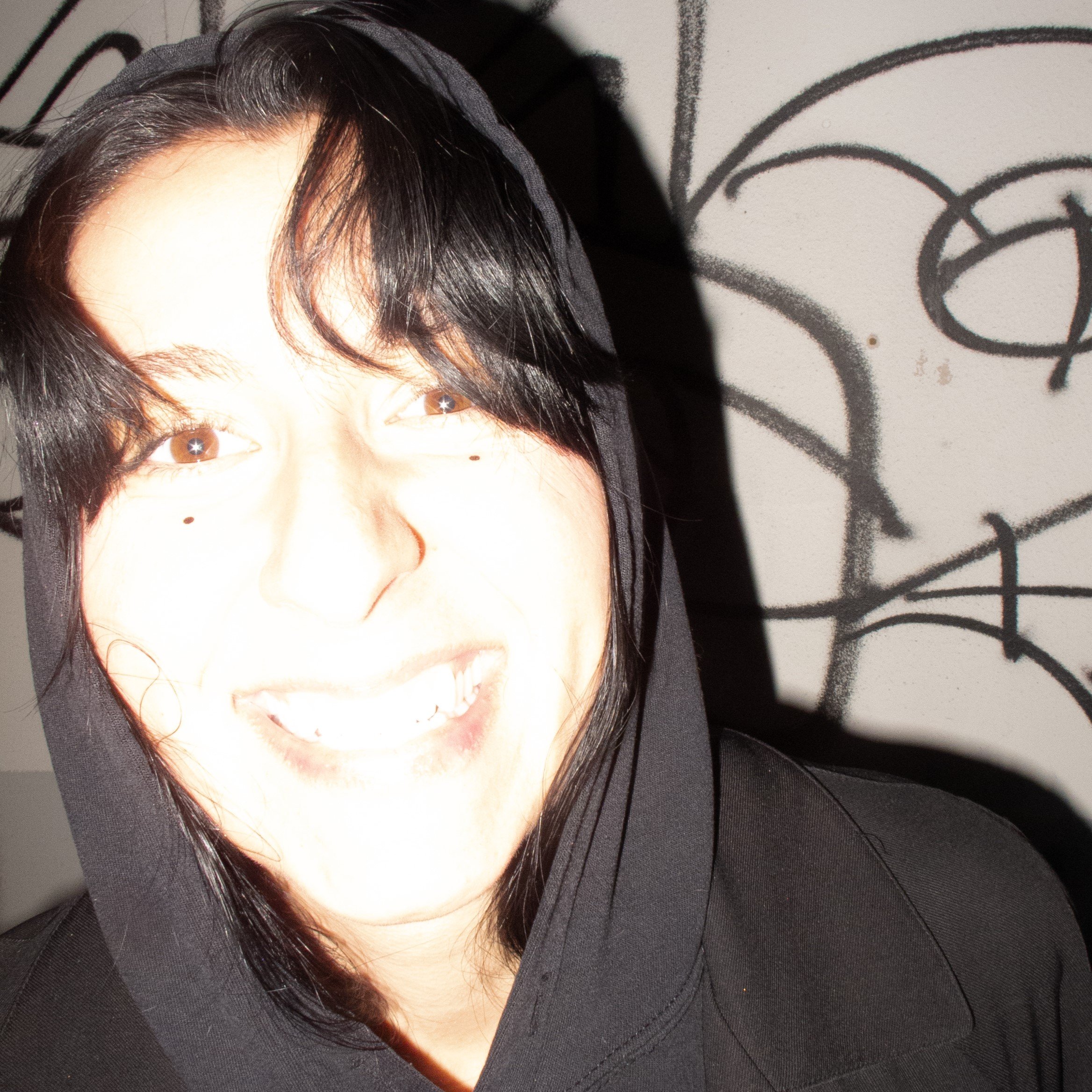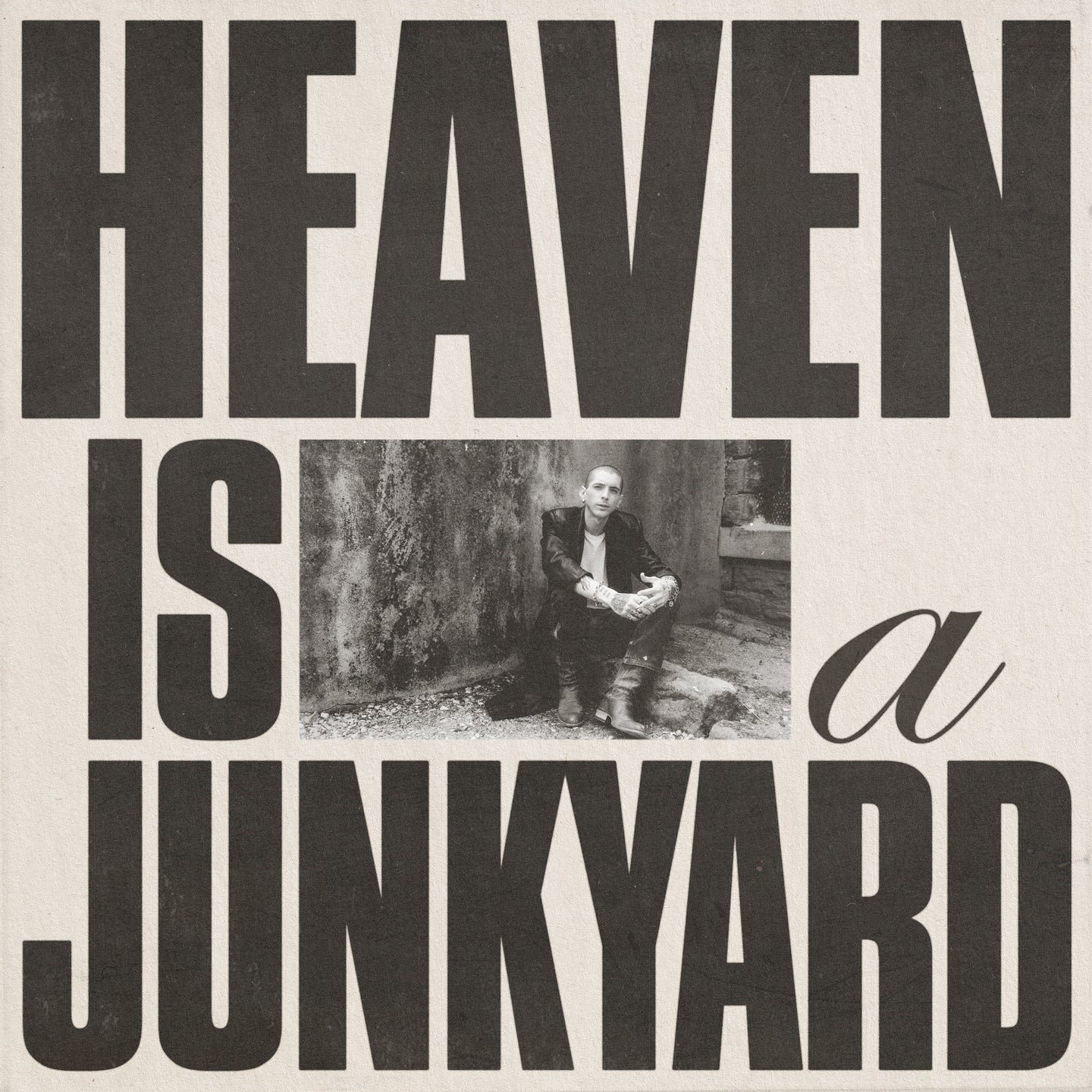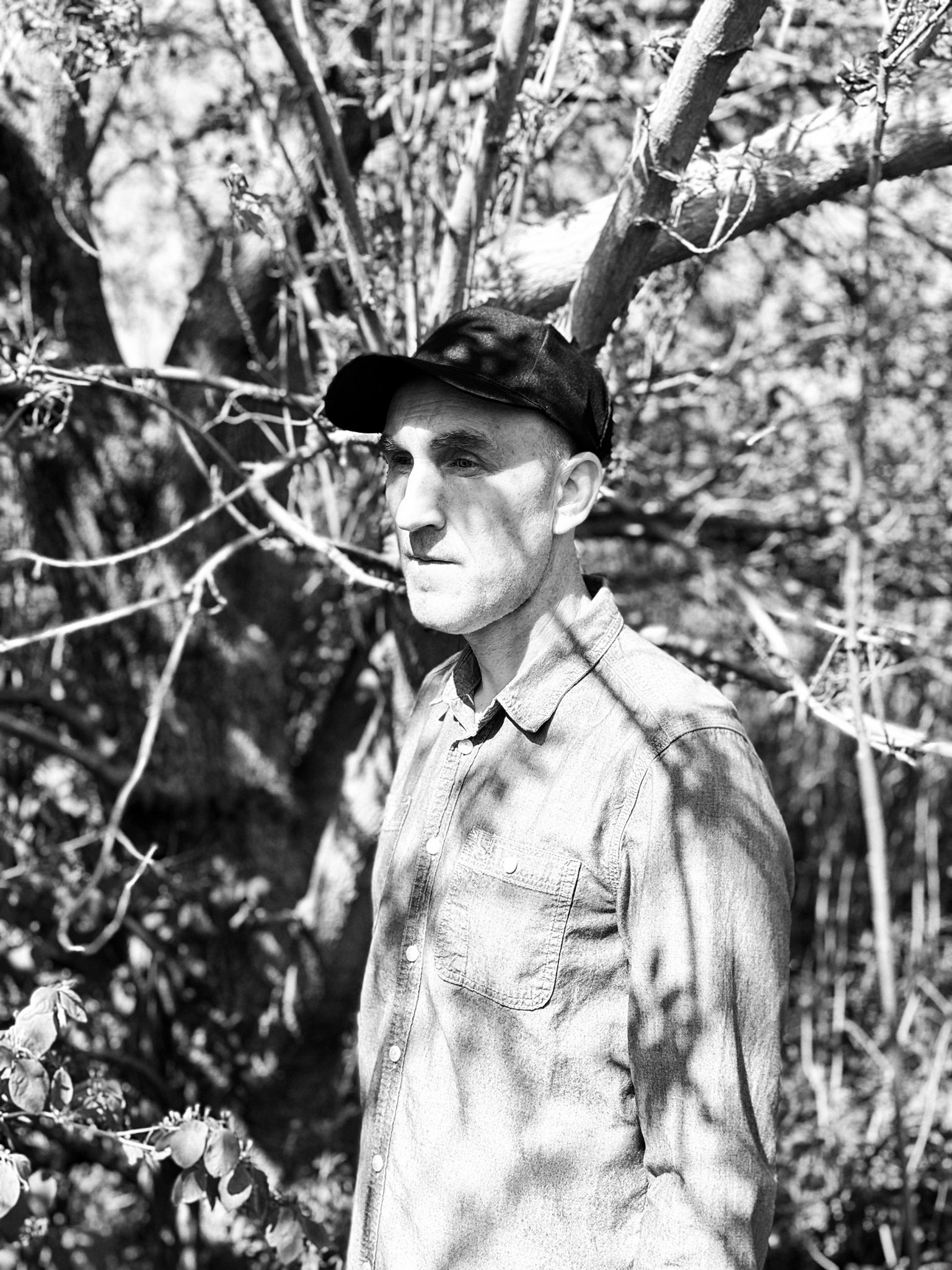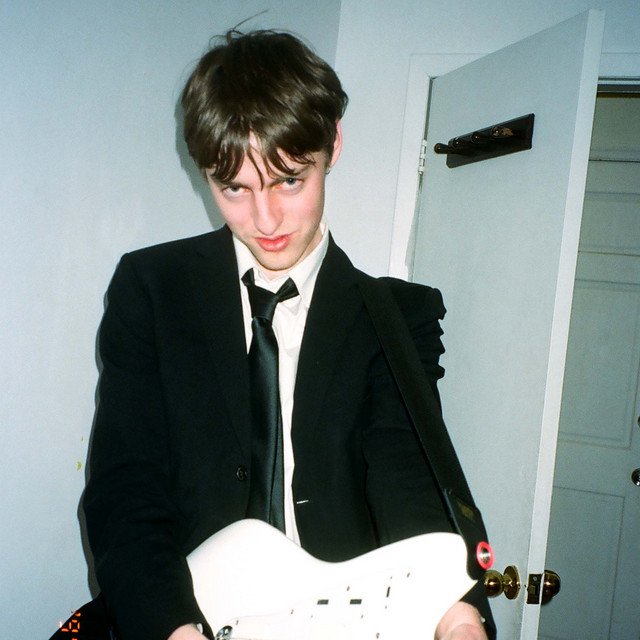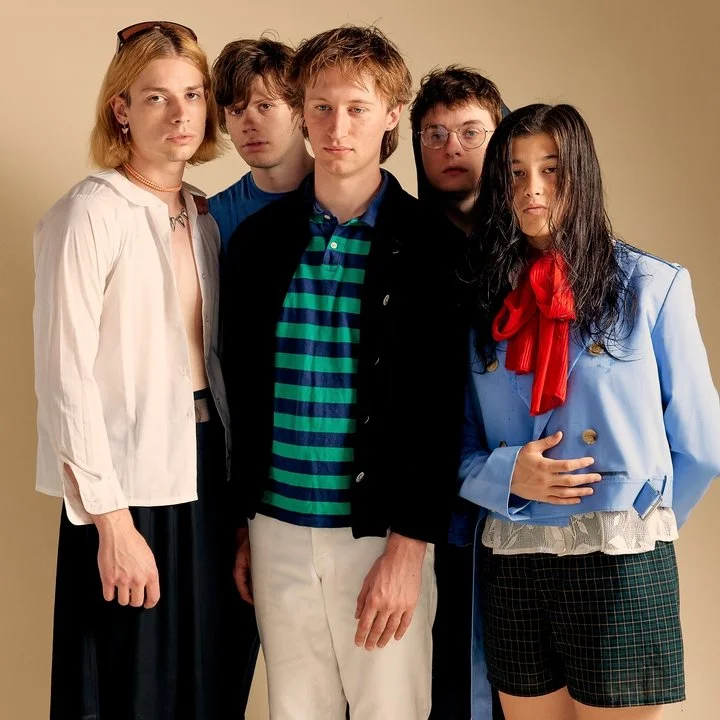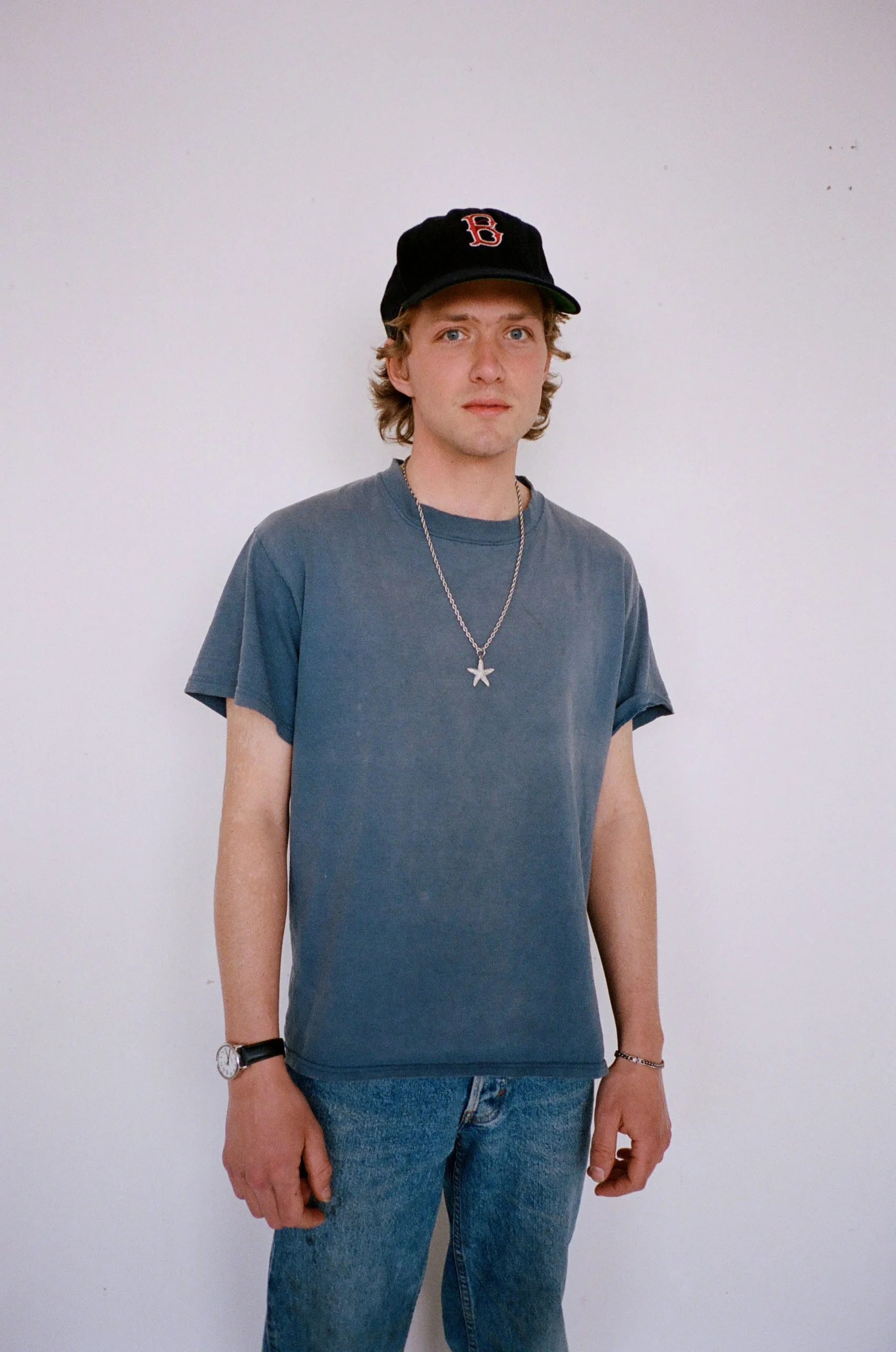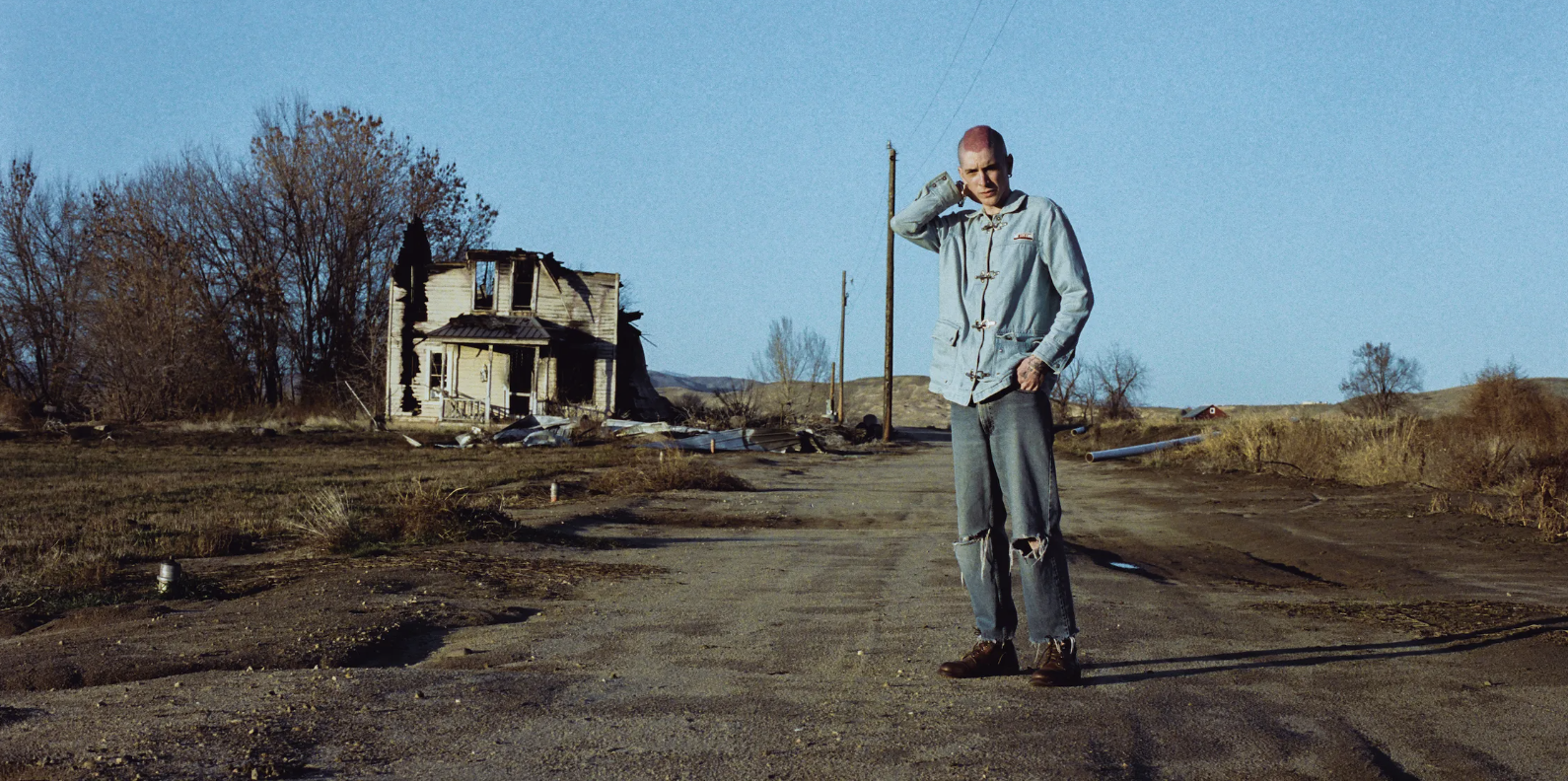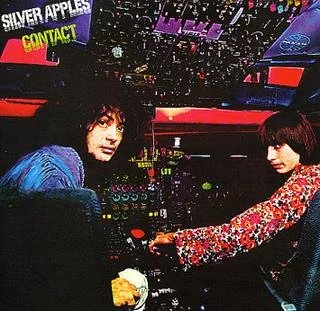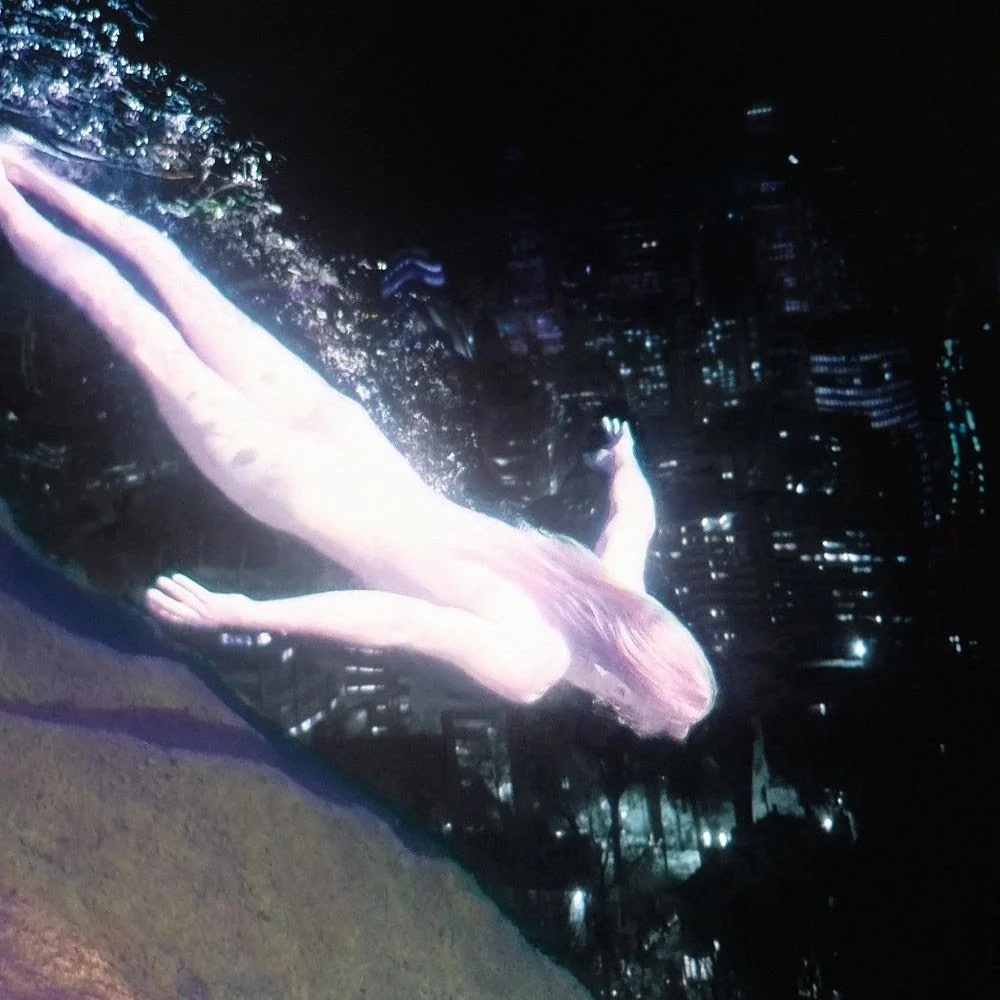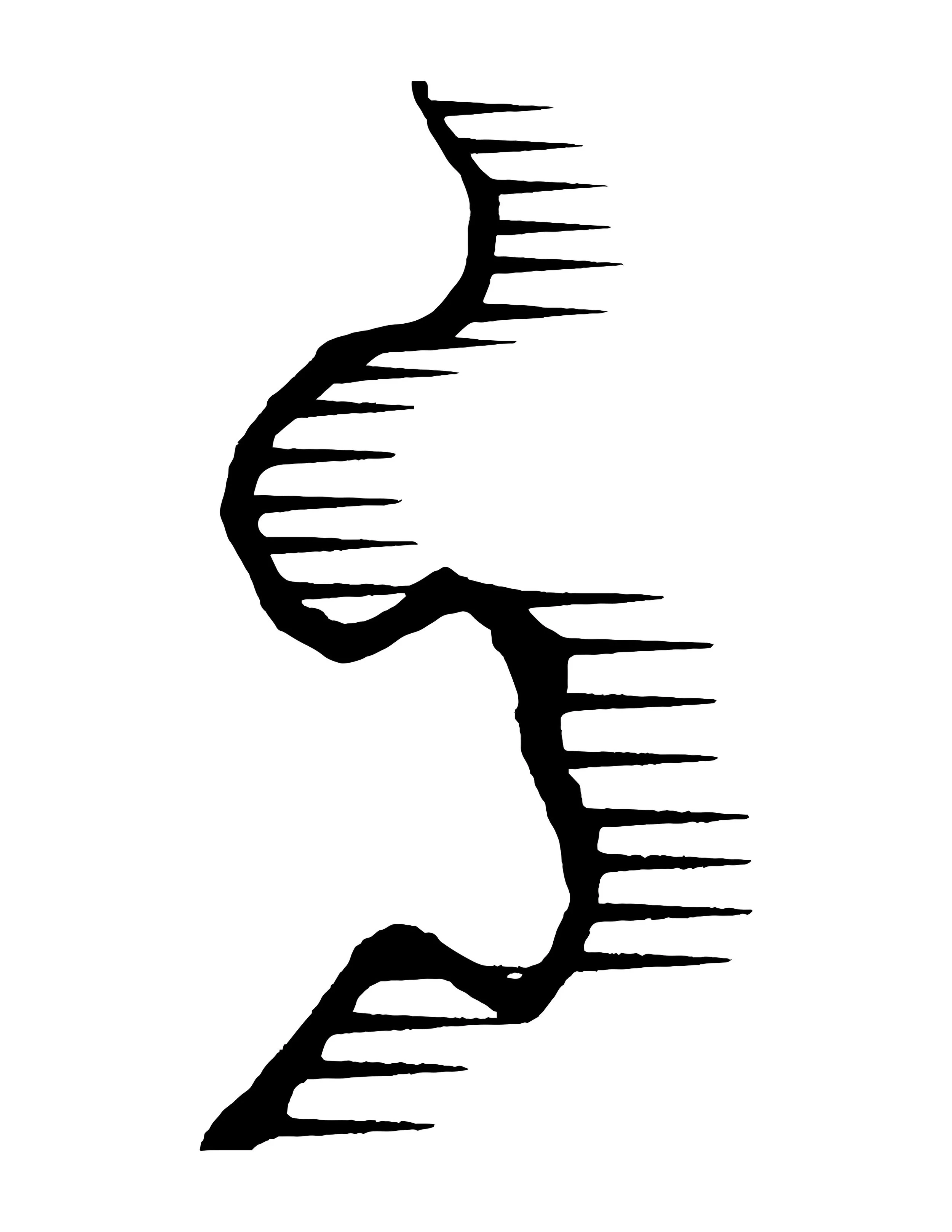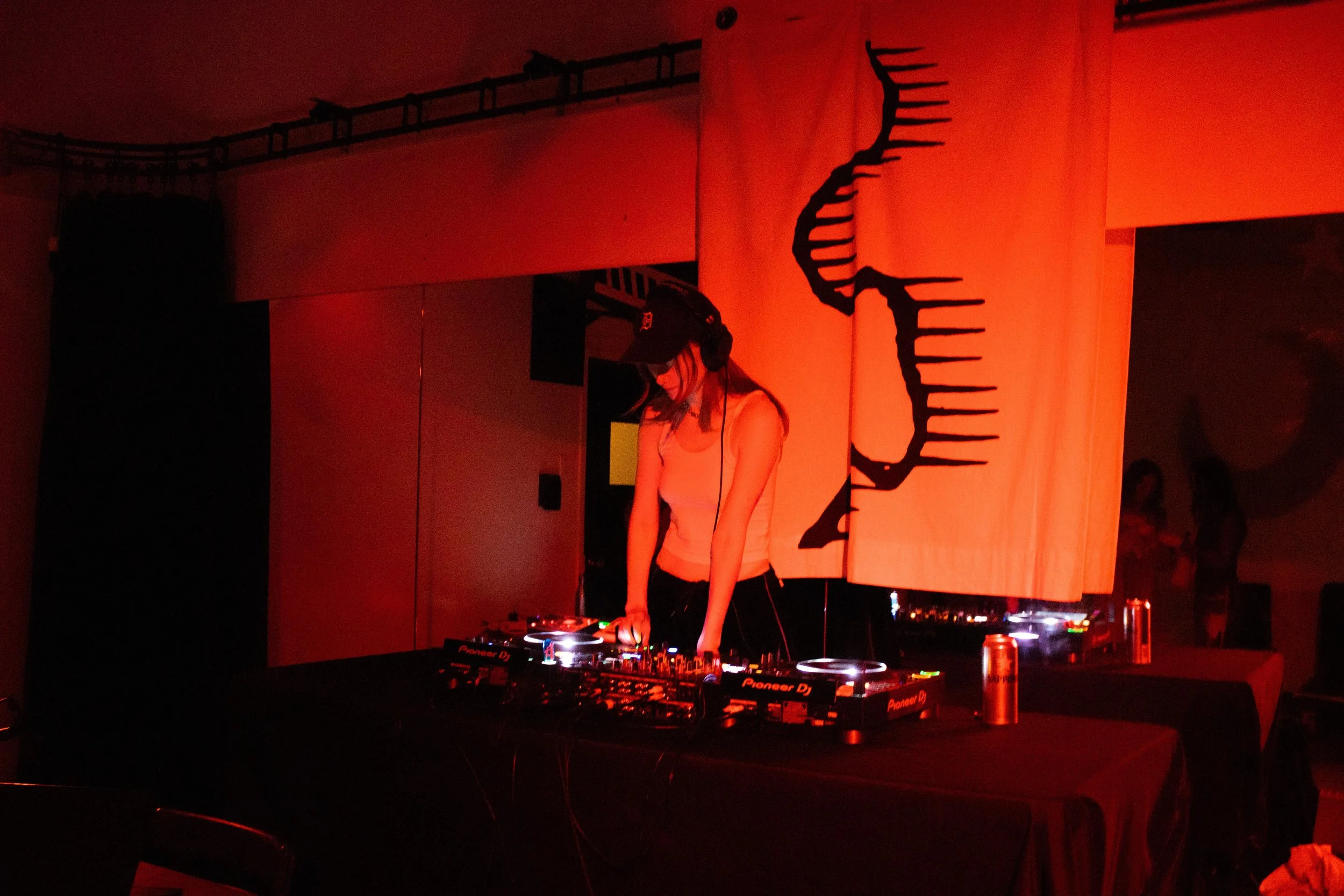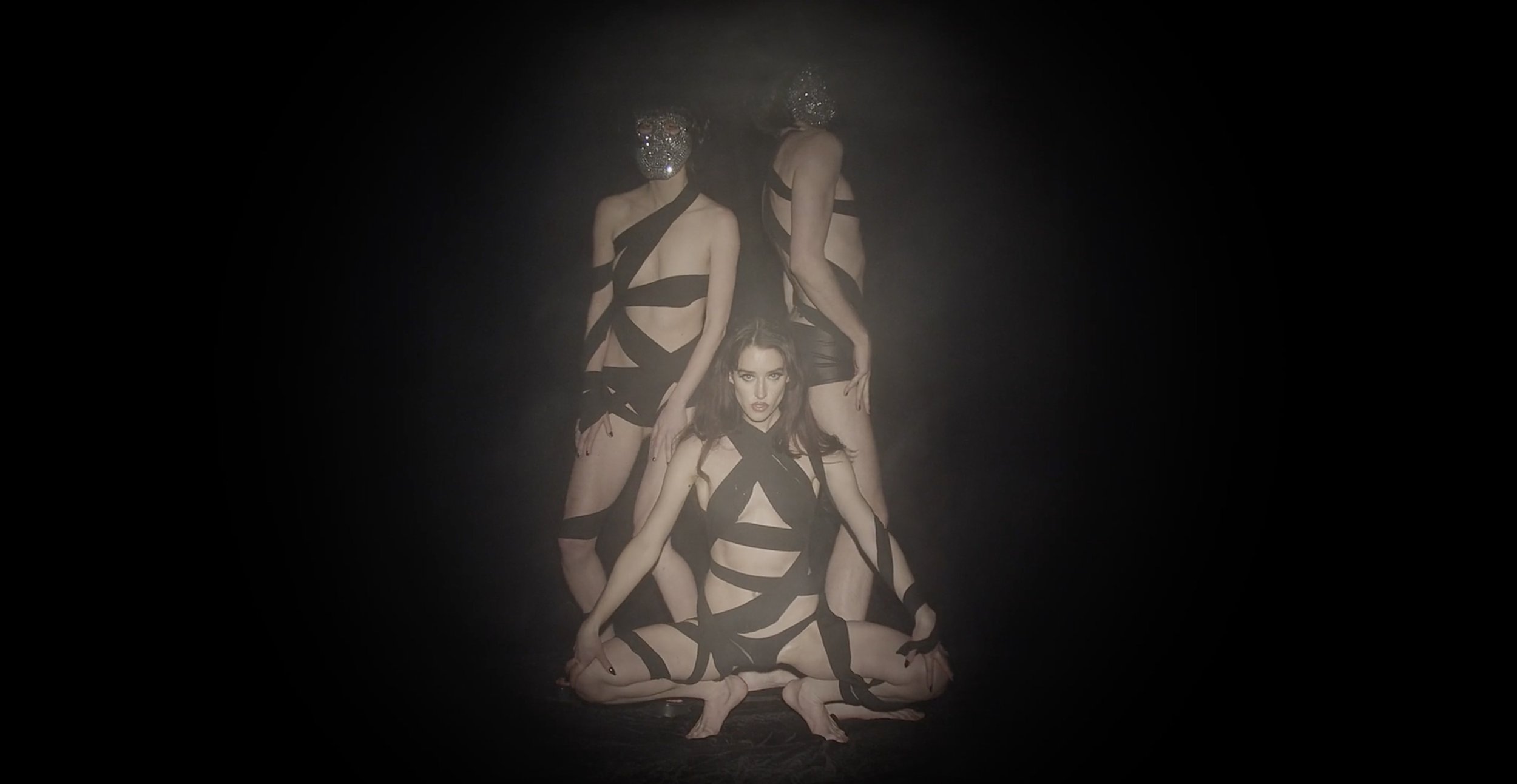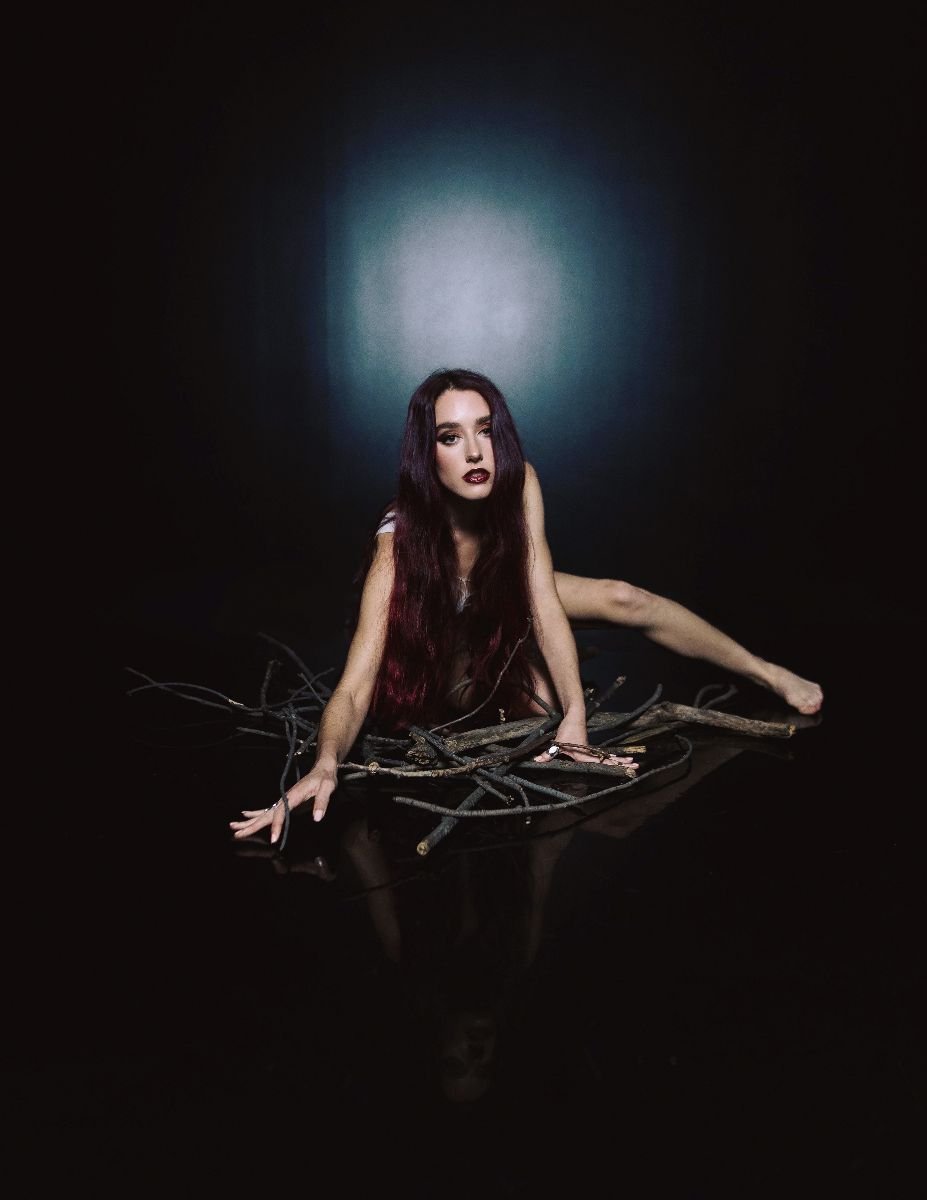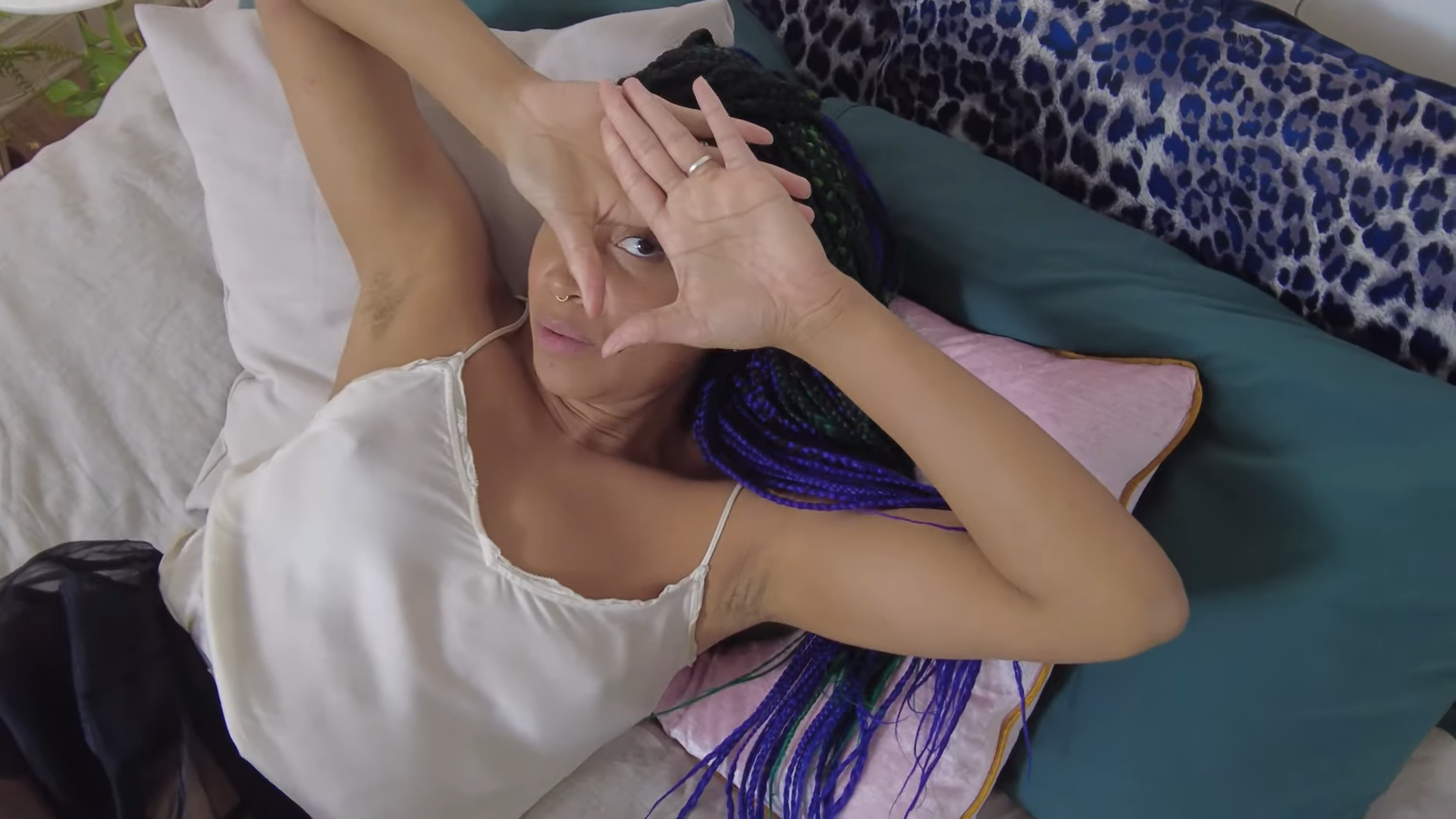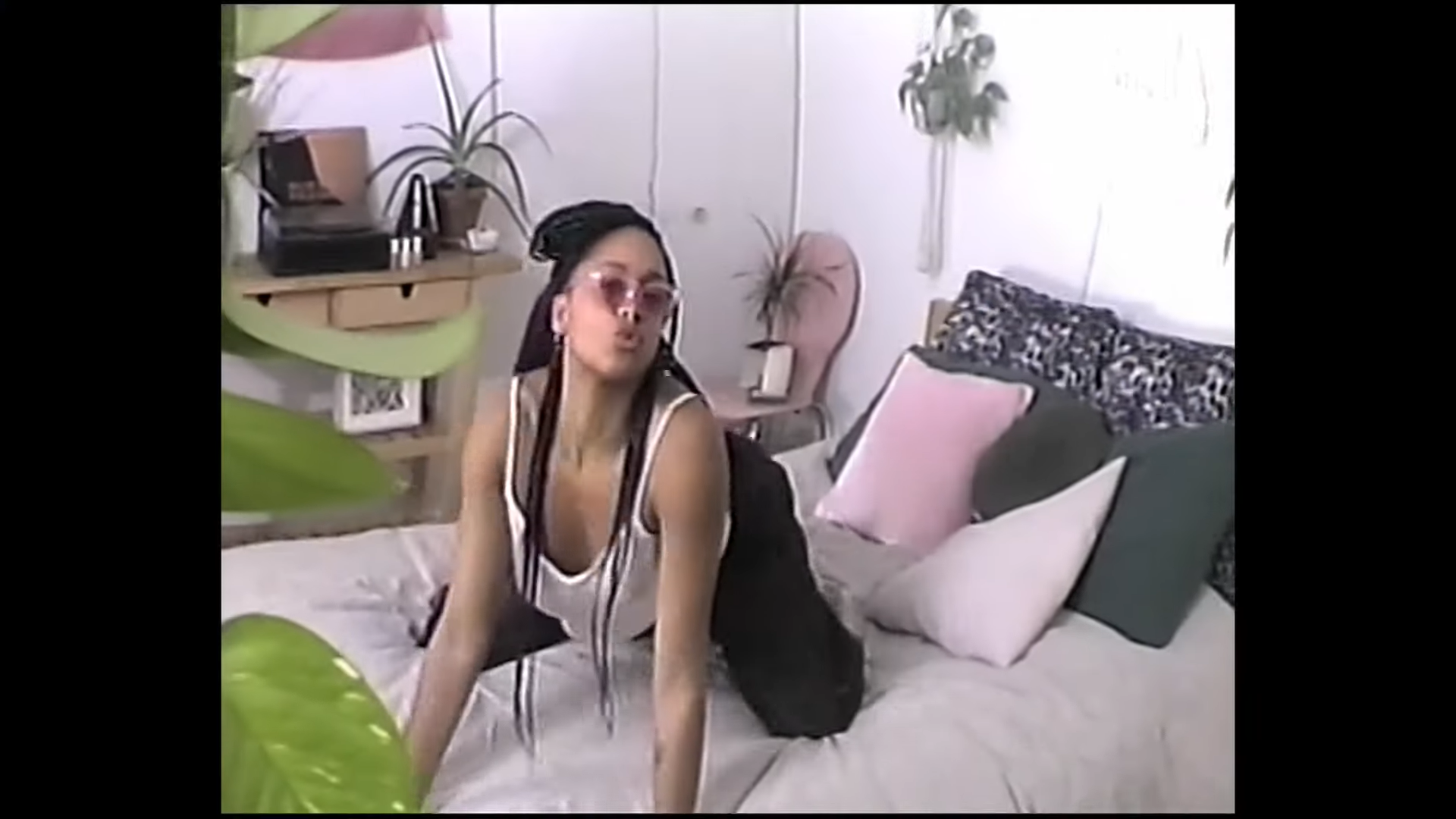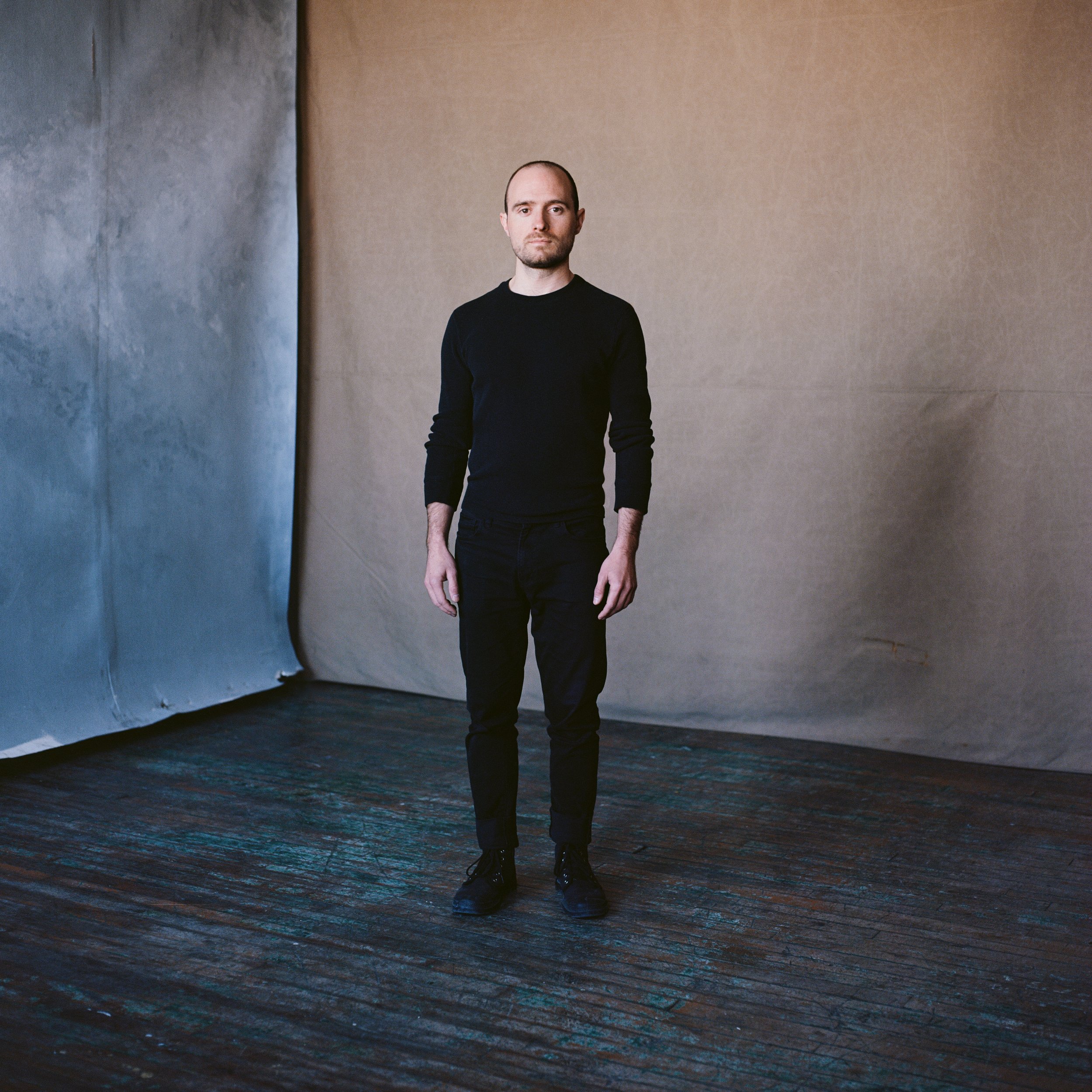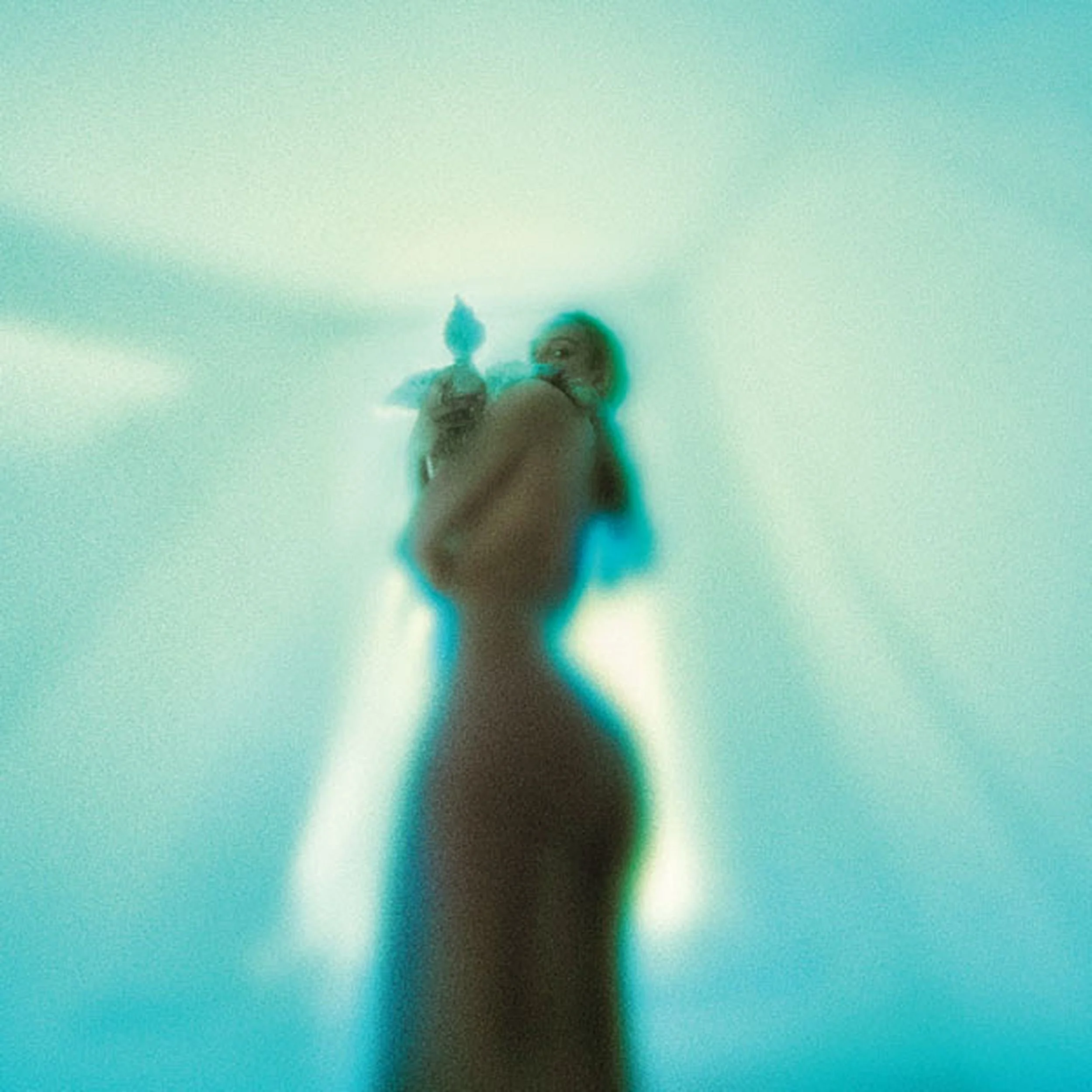Playing Dress-up: Unpacking the Artistry of Yolande Laroche
Yolande Laroche by François Mittins
One way or another, you have likely run into Yolande Laroche in the Ottawa music scene. The Hull-based musician is omnipresent; she is a member of the acclaimed art-rock group Pony Girl and the experimental trio KAY-fayb, a solo artist known as Orchidae, and a classical music educator, amongst many other things. Armed with an admirable work ethic and limitless creativity, Laroche has a lot to look forward to.
For one, she’s on the lineup of Crystallize, the latest Congrego venture co-presented by Also Cool and Dominion City. Held on Saturday, February 15th at Club SAW, the supercharged festival features a slew of rising talent from Ottawa, Montreal, and beyond, compiled by guest curators Geunf and Fiamma. Laroche has eagerly teased that her sound will be “dark electronic music leaning into techno,” fit to break winter’s frost and set the dance floor ablaze.
Laroche is also fresh from the release of “Sun and the Stars,” her latest offering as indie-pop superstar Orchidae. The uplifting disco-inspired song marks the first single from her forthcoming debut True Beginning, out April 4th via Birthday Cake Records. But despite its vibrant groove, the roots of “Sun and the Stars” reveal something deeper. Laroche notes that the song depicts a codependent romantic relationship from her past. “‘Sun and the Stars' represents a longing for that firework type of love, then losing yourself in the idea of it – no longer being present in your body, with who you are as a person,” she explains. “It was important for me to not just give my attention to my sad persona because I can linger in that if I let myself. I really wanted to lean into the joy that I experience as I'm exploring my personhood and relieving myself from that relationship where I disappeared and I needed to find myself again.”
That joy is palpable in the song’s music video, which was shot, edited, and directed by Conor DeVries. The video features a liberated Laroche rocking a warm-toned two-piece as she struts through the bare halls of Axenéo7 in Gatineau. I remark that this stripped-back set allows the message of the song to shine. “I wanted to dance. I wanted to hold the microphone as if I was performing on stage,” Laroche recalls. “We had access to this perfectly square window, and we got up early to catch the sunrise. That was important – with ‘Sun and the Stars,’ we wanted to integrate sunlight and work with the space.” At one point, there is a cheeky glimmer of Laroche’s tooth gem, which she reveals is a call-back to her album cover shoot with François Mittins. “I wanted to bring as much world-building as possible. I love artists who go far into the visual aspect of their music, [and] that is something I aspire to do.”
Laroche shares that True Beginning has been in the works since 2019, propelled by the strong desire to articulate her voice and celebrate her evolution. She points out that her mental health journey is entwined in the album’s narrative: “I wasn't at peace, and with that conflict within me I saw two options – either I could try to figure it out or it was going to get worse. [The music] really comes from an honest willingness to discover my heart and see if I can relieve myself of my emotions.” By embracing the art of vulnerability, she has discovered that she can help others heal from their journeys. “I’m mixed race, I'm queer, so those two things can feel alienating,” Laroche admits. “I’m hoping that [the album] can allow people to dive [into] their own minds and hearts, just by giving them the language to talk about their experiences.”
The Orchidae project clearly stands amongst a collection, but while these paths may appear to lead in many directions, Laroche insists there is a sense of harmony. “I found that what I love is exploring music in all of its facets. Through the different arrangements, it's still my voice, but I'm putting on a different costume. I think that everything that I'm showing up with is a sum of all of my experiences.” Laroche remains unburdened by genre, and this allows her to remain curious under any conditions: “If a song is good, it doesn't matter what dressing you're putting on it. It can be country, pop, or a dance track. As long as the core of it is meaningful, it’ll be good.”
And she laughs while pointing out another truth: “I think I want to make myself as hireable as possible, and I want to say ‘yes’ to as many things as I can. In doing so, I've opened up my community, and I’m able to show what I can do because I'm not just a ‘one-trick Pony Girl.’” The creativity never stops, it just exerts itself with different forces.
Yolande Laroche by François Mittins
This is why it’s so exciting to have another chapter of Laroche’s story unfold at Crystallize, where she will be performing under her full name. Laroche recalls the beginning of her foray into electronica: inspired by Marie Davidson’s performance at MUTEK, which she describes as “transcendental,” she harnessed that energy to create a brand-new set for the September 2024 edition of Pique. “I've always been so traditional in my writing – starting with piano and arranging it with musicians. This Yolande Laroche material is all done on the computer, but [it is] still coming from my diary.” Laroche clarifies that this project is not record-ready, but it occupies a similar space to Orchidae in her mind: it’s another chance to control her narrative with confidence. DJing might present a learning curve, but it’s one that she is determined to navigate.
As Laroche prepares to take the Crystallize stage, she drops a few nods to other names on the bill. “I'm super excited about Sineila,” she gushes. “I met her at a Pop Montreal mentorship program, which was probably the best industry event that I’ve ever attended. I've listened to her music online, but I think the live experience, especially for her kind of music—which is hyperpop—you want to see that live. She kills it on the costumes.”
She also speaks highly of Sweet Morgane, an Ottawa-based DJ who’s enriched the scene as one-half of the team behind Fortress. “I love her energy and her fits.” For a little while, we chat about groups like Fortress—and Congrego—who step up to the plate to craft productions that the Ottawa community can be proud of. “There is a hunger [for that programming],” Laroche muses. “It takes so much work to build community events and plan them, and not everyone has that capacity, so I’m grateful for those who do.”
Curious to experience one of Yolande Laroche’s many characters IRL? Join us for Crystallize, Congrego’s latest production on Saturday, February 15th from 8 PM-2 AM at Club SAW. Early-bird tickets are sold out, but you can still snag some advance tickets for $25 at the link below!
Related Articles

